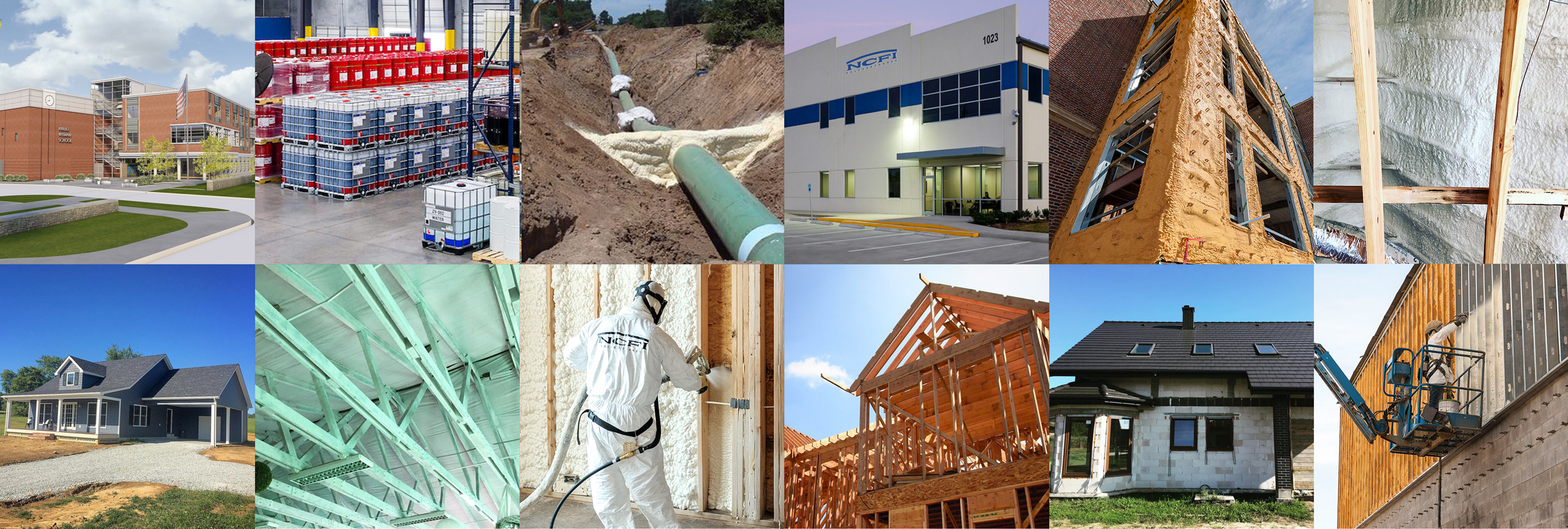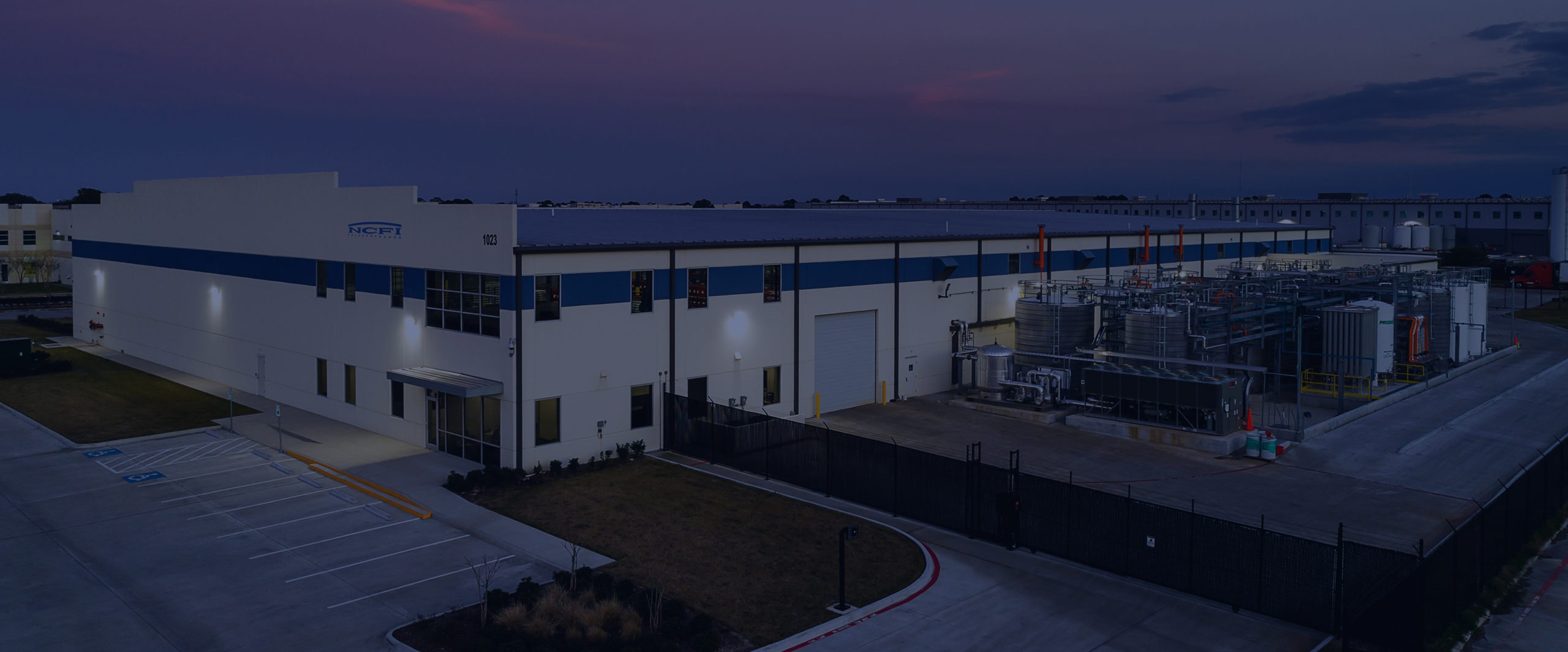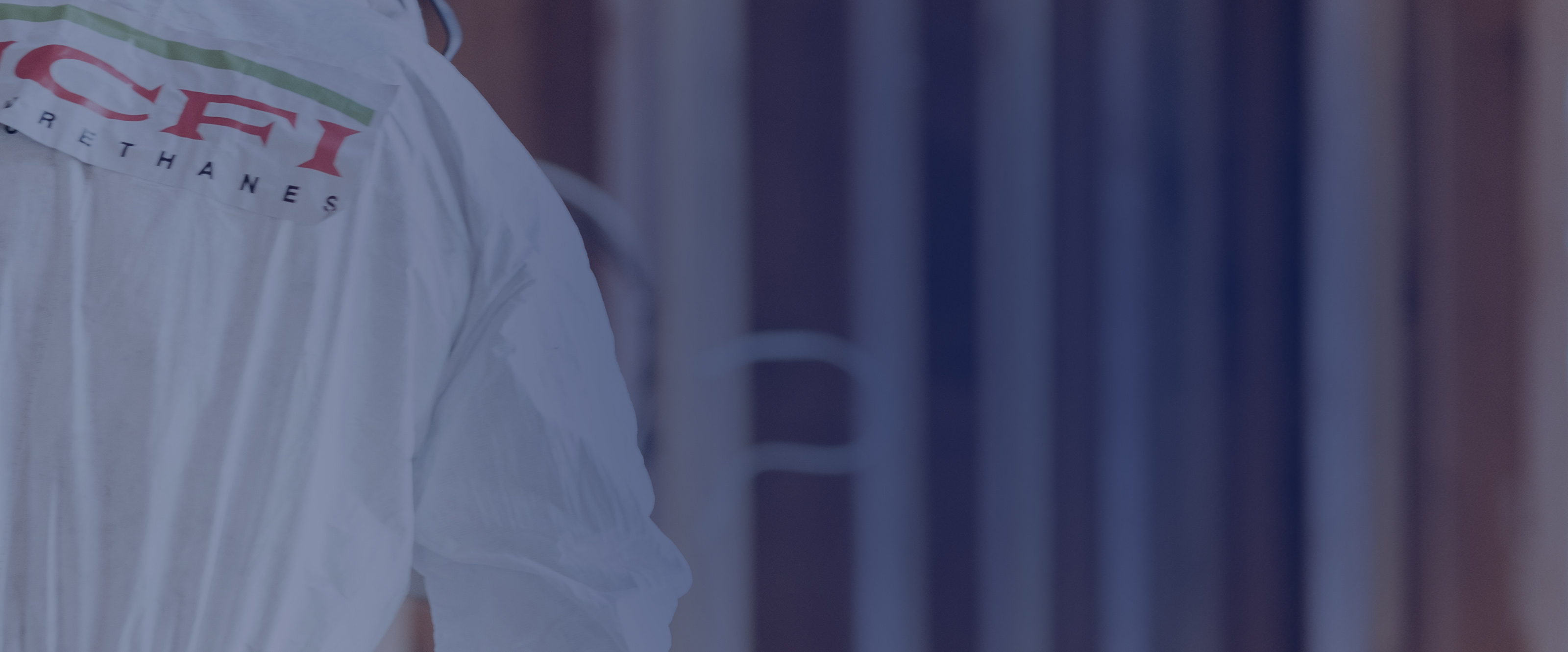CONSTRUCTION
FOAM
LEARN MORE
CUSTOM
SOLUTIONS
LEARN MORE
GEOTECHNICAL
LEARN MORE
GEOTECHNICAL
LEARN MORE ABOUT GEOTECHNICAL
America Loves ncfi foam

Let’s talk foam.
We use our 50-plus years of science and real world application know-how to formulate the finest polyurethane foam in America. If you need consumer product foam, construction foam, or custom-formulated foam, we’ll provide the best, and support it and you. We’re an independent, bold, American born and bred company promising the highest quality and legendary customer support. It’s why we’re known as America’s favorite foam.
Chip Holton
President of NCFI
Latest news and press releases



